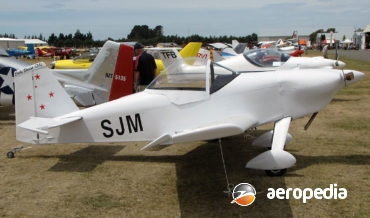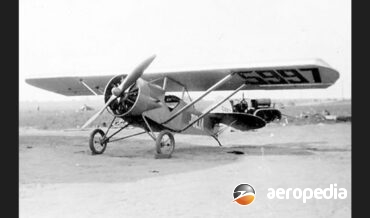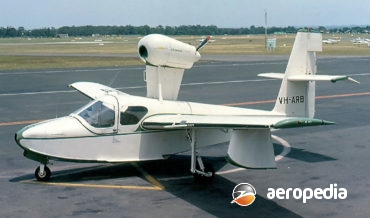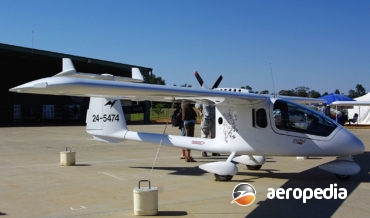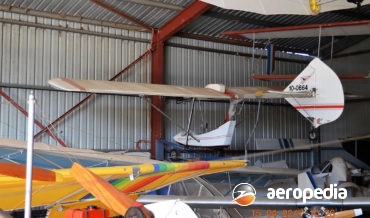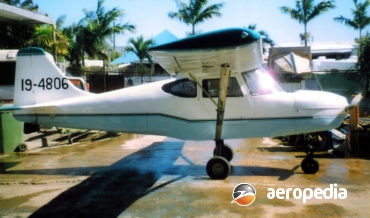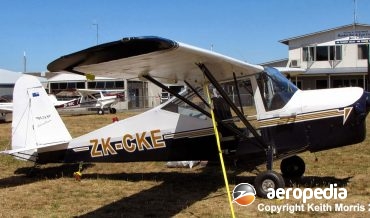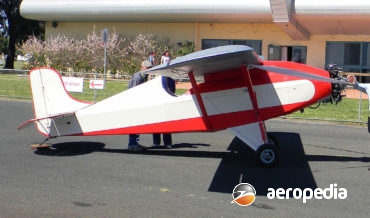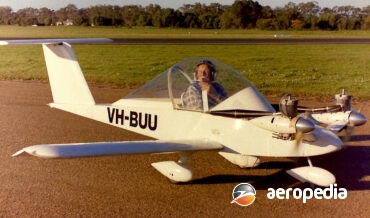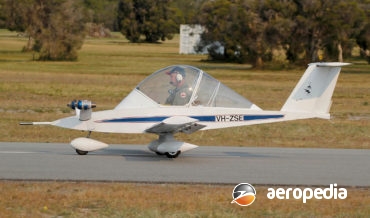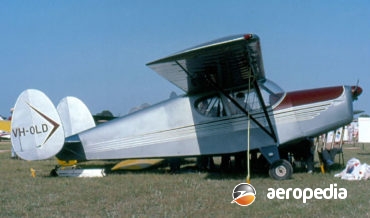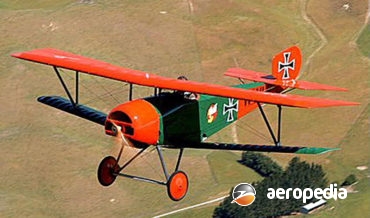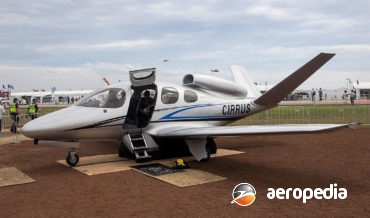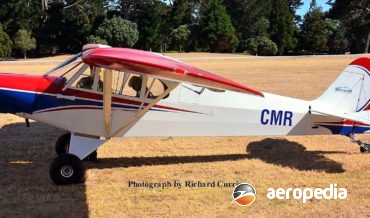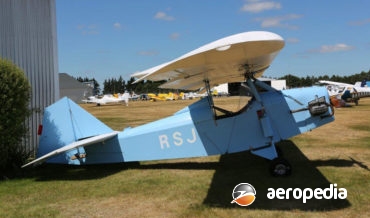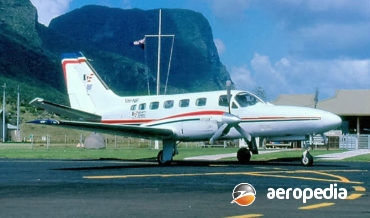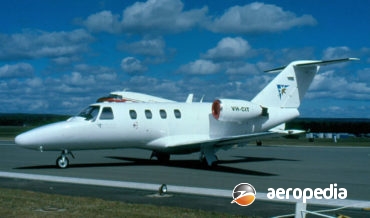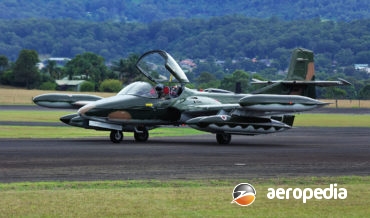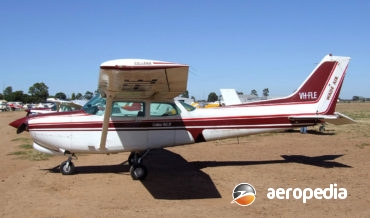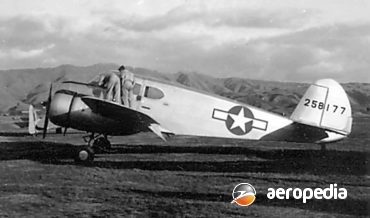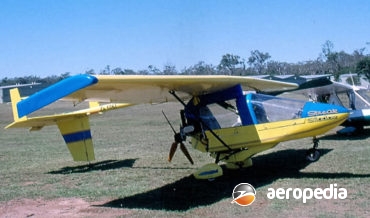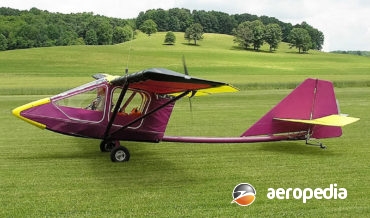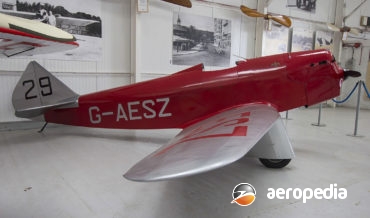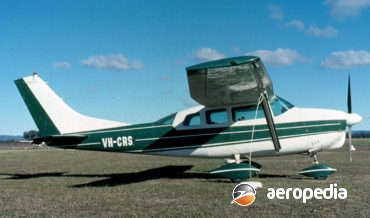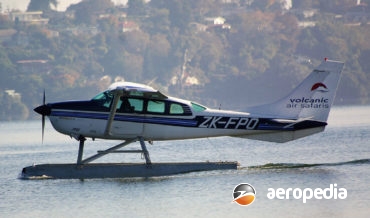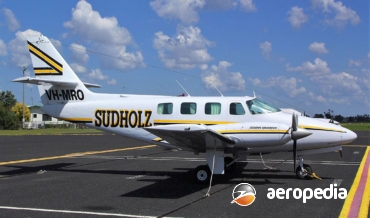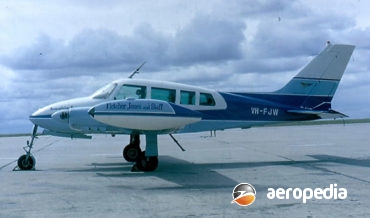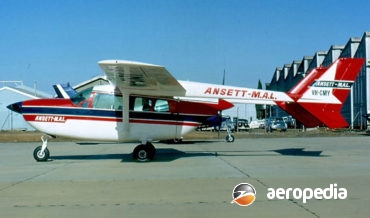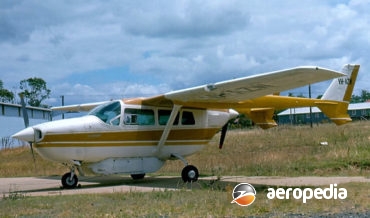All Contents
Contents
After the success of the Starlet, John Corby redesigned the aircraft to be constructed in metal, the new model becoming known as the CM-2 Kestrel, and after release of plans to home builders, construction of two examples commenced in New Zealand.
David C. Eyre
- May 17, 2019
This light sporting aircraft was initially produced by Corvus Aircraft Ltd, this company later becoming known as Corvus Hungary, the company over a period of eight years developing a fully composite light aircraft for private and training use, production of its aircraft by 2012 being said to be at a
David C. Eyre
- May 17, 2019
In 1912 Harvey Crawford, who lived in Los Angeles, placed an entry in the Third International Air Meeting at Domingues Hills near the city and took part in the event.
David C. Eyre
- May 17, 2019
The skimmer was a successful foray into the production of an amphibian for private use by the Colonial Aircraft Corp.
David C. Eyre
- May 17, 2019
Colyaer SL has been building light sport aircraft for some years, the first aircraft produced being the Martin, which was fully certified and was a two-seater with a fixed tricycle undercarriage, this model becoming available in 1999 and in its later form was known as the Martin 3.
David C. Eyre
- May 17, 2019
Colyaer SL, [construcciones Ligeras y Aeronauticas S.L.] has been building light sport aircraft for some years, the first aircraft produced being the Martin, for which three prototypes were built, one of which was fully certified and was a two-seater with a fixed tricycle undercarriage, this model becoming available in 1999
David C. Eyre
- May 17, 2019
The Stingray was an early foray into the construction of ultra-light aircraft in Australia, being placed into production by Composite Engineering Pty Ltd at Camden, NSW. Fitted with a tricycle undercarriage, it was built to +6 -4 G and had max cross-wind component of 37 km/h (23 mph). Fuel consumption
David C. Eyre
- May 17, 2019
This Company was based in Townsville, Qld and, in addition to producing its own designed aircraft, has been involved in the sale of ultra-light aircraft. One example is a strut-braced two-seat high-wing monoplane with a tricycle undercarriage which is fitted with a Subaru EA-81 engine with a direct drive, electric
David C. Eyre
- May 17, 2019
The Conroy Sparrow XC is an Australian designed single or two-seat light aircraft supplied in kit form to be completed in the amateur built or experimental categories. Designed by Christopher Conroy, it is one of a series of designs made available in recent years by Conroy Aircraft Components of Oxenford,
David C. Eyre
- May 17, 2019
The Adventurer is a single-engine two-seat light sporting high-wing monoplane built in New Zealand by Mr Bruce Cooke.
David C. Eyre
- May 17, 2019
The Super Ace was one of a number of light aircraft designed for sporting pilots in the United States by Orland G Corben. His first design, the Ace, was first marketed in 1923 and this was followed in later years by the Junior Ace, the Cabin Ace and the Super
David C. Eyre
- May 17, 2019
During 1933 Sir Charles Kingsford Smith was making preparations to make a barnstorming tour of New Zealand with his Fokker F.VII/3m VH-USU Southern Cross and a new aircraft which had been designed to his specifications by Wing Command L J Wackett.
David C. Eyre
- May 17, 2019
The prototype of the Cri Cri series, known as the MC-10, was flown for the first time on 19 July 1973 powered by two 136-cc Rowena 6507J single-cylinder two-stroke engines, and was claimed to be the “smallest twin-engine aeroplane flying” and “the only aircraft able to lift a useful load
David C. Eyre
- May 17, 2019
The Cri Cri is a cantilever low-wing single-seat monoplane designed and produced in France which has been built by amateur builders around the world and is usually fitted with two JPX PUL 212 piston engines which provide 11-kw (15-hp), one fitted to each of the wings in tractor configuration.
David C. Eyre
- May 17, 2019
Chrislea commenced construction of its CH-3 Ace (G-AKFD), designed by R C Christophorides, at Heston in 1946, this initially being a high-wing cabin monoplane with a single fin and rudder and a tricycle undercarriage, having an unusual control system with a single wheel on a universal joint replacing the conventional
David C. Eyre
- May 17, 2019
Circa Reproductions in Canada is a company which produces plans to build 87-percent scale World War I aircraft, the aircraft design being produced by Graham Lee of Lamont, Alberta. Leading Edge Air Foils, based at Peyton in Colorado for a time provided construction kits for the designs.
David C. Eyre
- May 17, 2019
Circa Reproductions in Canada is a company which produces plans to build 87-percent scale World War I aircraft, the aircraft design being produced by Graham Lee of Lamont, Alberta.
David C. Eyre
- May 17, 2019
This is one of a number of very-light private jet aircraft offered on the world market and is a seven-seat composite design with a single Williams FJ33-4 turbofan mounted above the cabin and exhausting between the V-shaped tail.
David C. Eyre
- May 17, 2019
The Cadi, as it was initially known, was a light aircraft designed in about 1994 in Canada by Jean Eudes Polvin. In 1998 a company, Canadian Light Aircraft Sales & Service (CLASS) was formed in Quebec and obtained manufacturing rights to the aircraft, the name being changed to BushCaddy.
David C. Eyre
- May 17, 2019
The CubFlyer was designed by Malcolm Savill of Classic Aviation Designs in Hamilton, NZ. The idea was to have students at the Otamatea High School build an aircraft and in 2002 work commenced on the construction of a Light Miniature Aircraft LM-5X-W and this aircraft was completed on 9 April
David C. Eyre
- May 17, 2019
The Jenny is a two-thirds scale (67%) replica of the Curtiss JN4D Jenny of the 1920s and is a single-seat ultra light of biplane configuration. Although the design appears to have a second cockpit, this is non functional. The airframe is gusset riveted aluminium tubing with dacron covering.
David C. Eyre
- May 17, 2019
The Fred was designed by Eric Clutton in the United Kingdom as a single-seat light parasol-wing aircraft for amateur construction. The name “Fred” stands for “flying runabout, experimental design”.
David C. Eyre
- May 17, 2019
Design of the Mini Coupe commenced in 1968, the first flight of the prototype taking place in September 1971. In June the following year it received its US FAA Certification in the Experimental Category and the designers in Hillsboro, Oregon subsequently began the sale of kits of components and materials,
David C. Eyre
- May 17, 2019
Designed by R C Christophorides, the CH-3 and CH-4 series of light sporting aircraft was initially developed at Heston, UK, by the Chrislea Aircraft Co Ltd. The series was a development of the Chrislea LC-1 Airguard (G-AFIN) produced prior to World War II.
David C. Eyre
- May 17, 2019
The first turboprop business aircraft added to the Cessna range, the Conquest was designed as an intermediate-sized aircraft between the company’s piston-engine twins and the turbofan-power Citation series. The prototype flew for the first time on 26 August 1975, and the first production machine was delivered on 24 September 1977.
David C. Eyre
- May 17, 2019
The Cessna 525 CitationJet was announced at the National Business Jet Association convention in 1989 as the company’s replacement for the Cessna 500 Citation and Citation I series and the first flight of the prototype (N525CJ) was made on 29 April 1991, the second prototype flying on 20 November that
David C. Eyre
- May 17, 2019
In 1953 the Cessna with its Model 318 won a design competition for production of a two-seat side-by-side jet trainer for the USAF powered by two Continental J-69 engines, these being Americanised versions of the French Turbomeca Marbore. Two prototypes were built with the designation XT-37, the first flying
David C. Eyre
- May 17, 2019
The Cutlass RG was introduced to the Cessna range in late 1979 (although described as a new model for 1980) as a variant of the Model 172 Skyhawk with a retractable undercarriage, in order to compete with the very successful Piper Cherokee Arrow, a variant of the Cherokee with a
David C. Eyre
- May 17, 2019
Affectionately known as the Bamboo Bomber, cloth moth, and double breasted Stearman, the Cessna Bobcat, known as the Crane in RCAF service, was built by the Cessna Aircraft Company at Wichita, Kansas, some 5,402 examples being completed.
David C. Eyre
- May 17, 2019
The Streak and Shadow light aircraft were produced by the Cook Flying Machine Company (CFM) in the United Kingdom and have been a sales success, with examples sold to more than 36 countries around the world, including New Zealand and Australia.
David C. Eyre
- May 17, 2019
The Hawk series of light aircraft was designed by CGS Aviation Inc of Broadview Heights, Ohio, formerly Chuck’s Glider Supplies, the first machine being made available in 1980, as a single-seat light sporting aircraft which could be made available in kit form.
David C. Eyre
- May 17, 2019
One of the earliest homebuilts, the DW-1 was designed by Messrs Dalrymple and Ward in 1937 as an easy to build and operate light aircraft with good performance.
David C. Eyre
- May 17, 2019
The Model 205 was introduced into the Cessna range in August 1962 as a utility transport to suit operators which required a larger aircraft than the Model 185 Skywagon.
David C. Eyre
- May 17, 2019
The Cessna 205 was a derivative of the Model 210 fitted with a fixed undercarriage and increased passengercapacity.
David C. Eyre
- May 17, 2019
Basically the Cessna 207 was a lengthened development of the Cessna 206 designed to improve load-carrying capability whilst retaining the operating economics of that aircraft.
David C. Eyre
- May 17, 2019
The Model 210 was introduced to the Cessna range in 1959 as an intermediate model between the 182 and the twin-engine 310
David C. Eyre
- May 17, 2019
On 14 February 1978 Cessna flew a new light-weight twin-engined series of aircraft knownas the Model 303.
David C. Eyre
- May 17, 2019
Produced from 1962 to 1968, with a total of 579 aircraft being completed, the Model 320 Skynight was an all-metal, five-seat, executive,
David C. Eyre
- May 17, 2019
Introduced into the Cessna range of aircraft in 1963, the Model 336 Skymaster was unique at that time amongst business light twin-engine aircraft as it had a tractor engine in the nose
David C. Eyre
- May 17, 2019
The Cessna Model 337 Super Skymaster series was introduced to the company’s range in February 1965 to replace the Model 336 on the production line. It continued the centre-line thrust concept of the previous model, and bore a close resemblance to that aircraft.
David C. Eyre
- May 17, 2019
Recent Comments
Archives
Categories
- No categories
Categories
- No categories
Latest Posts
Newsletter

